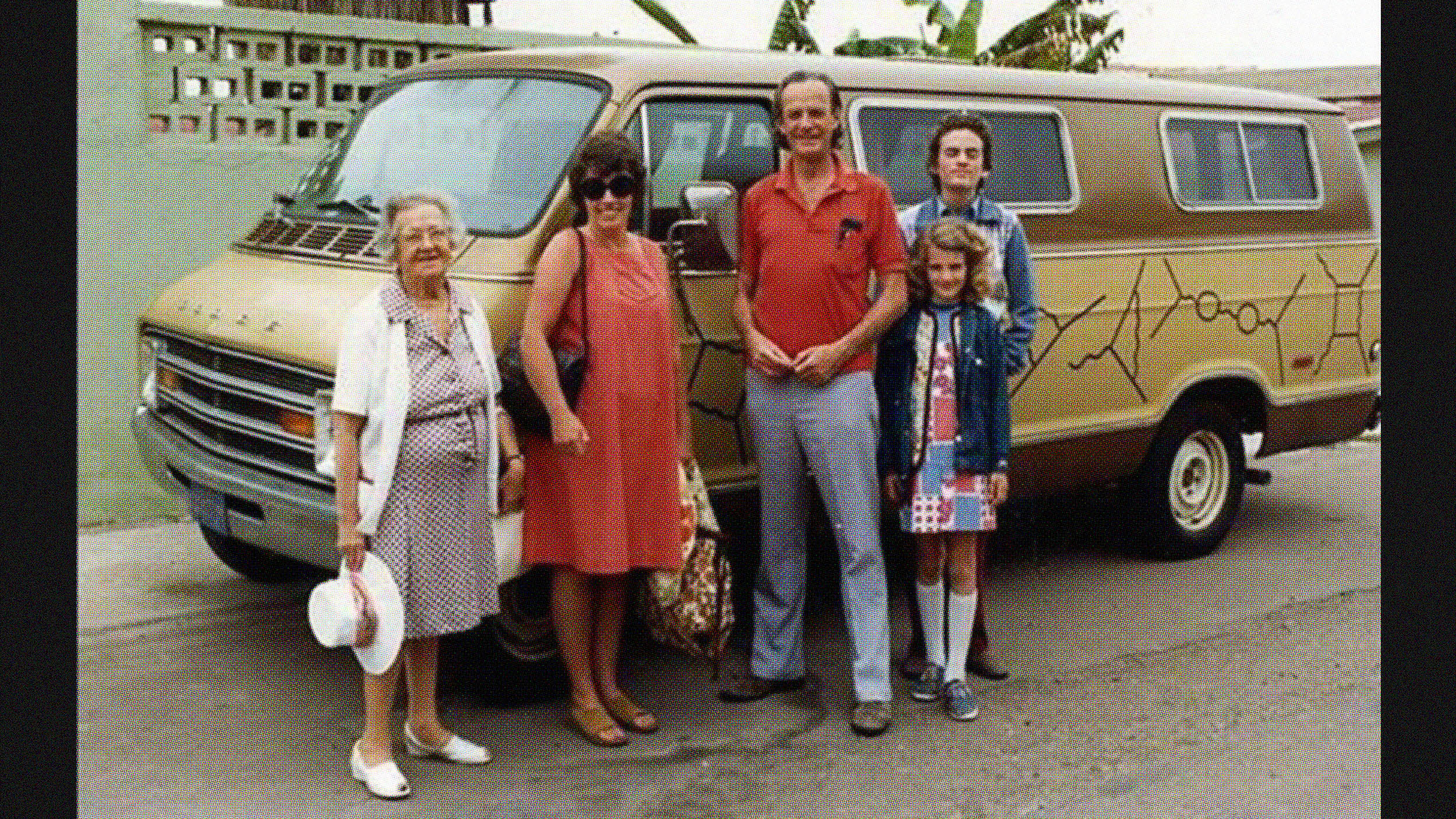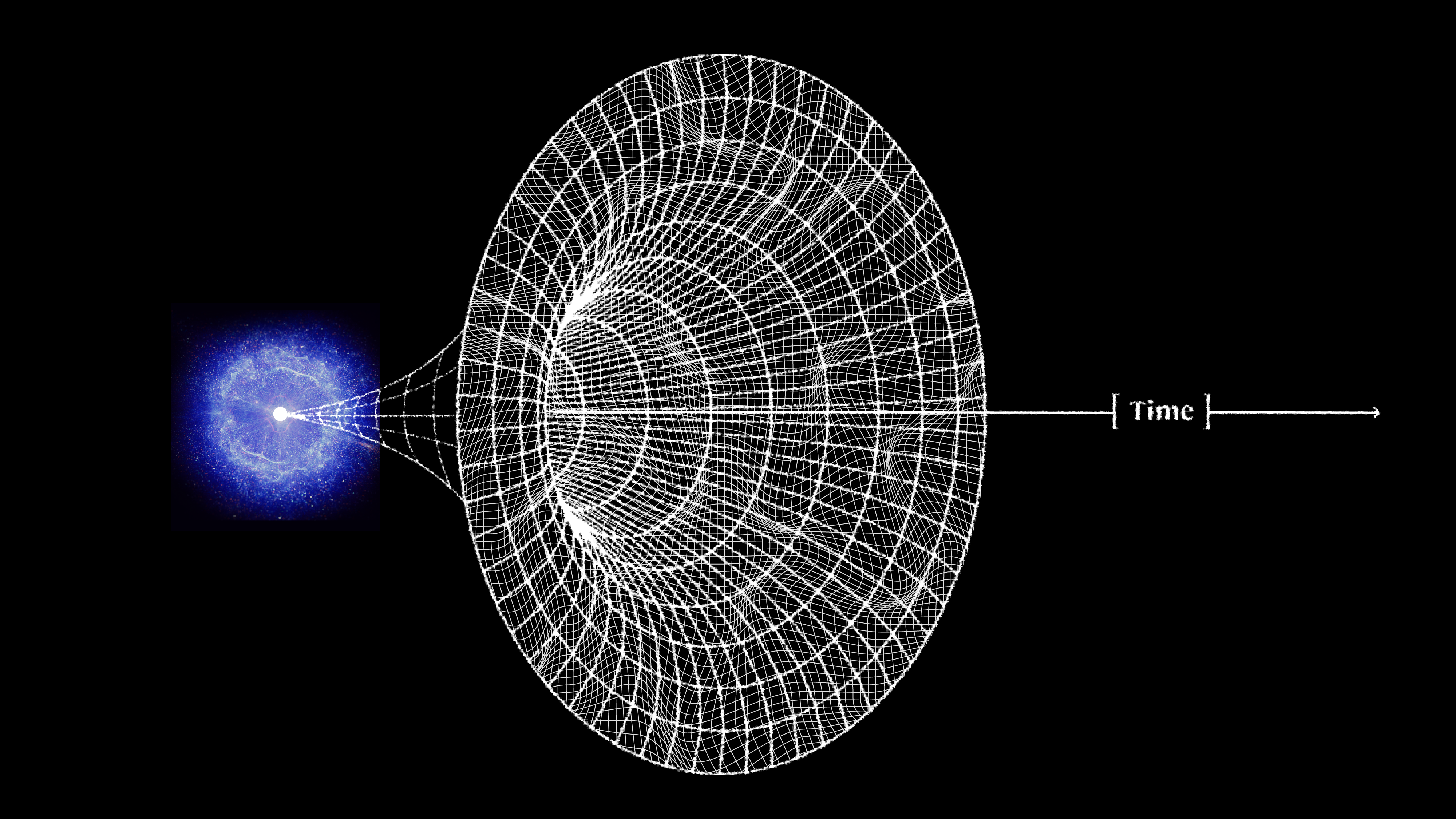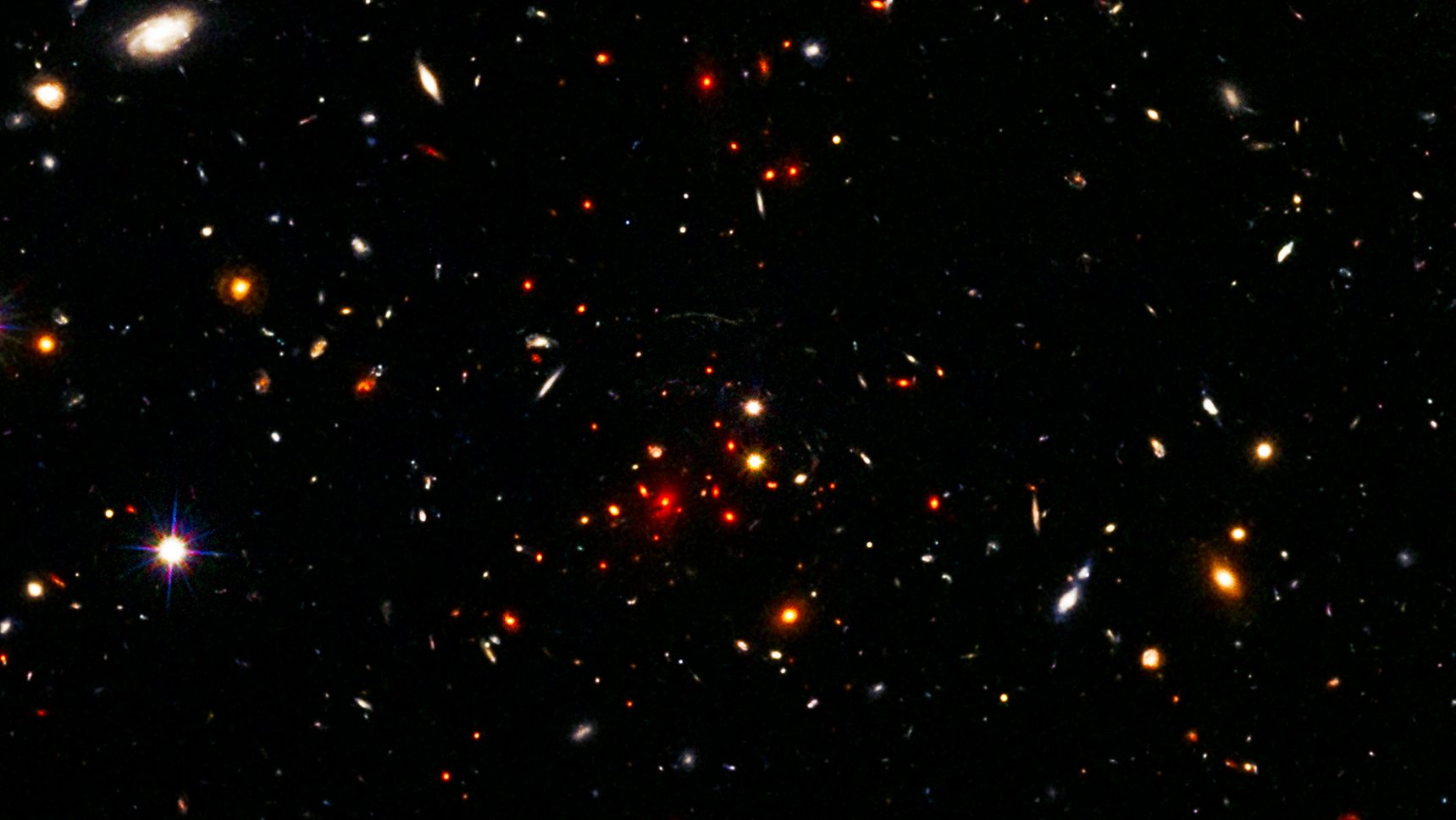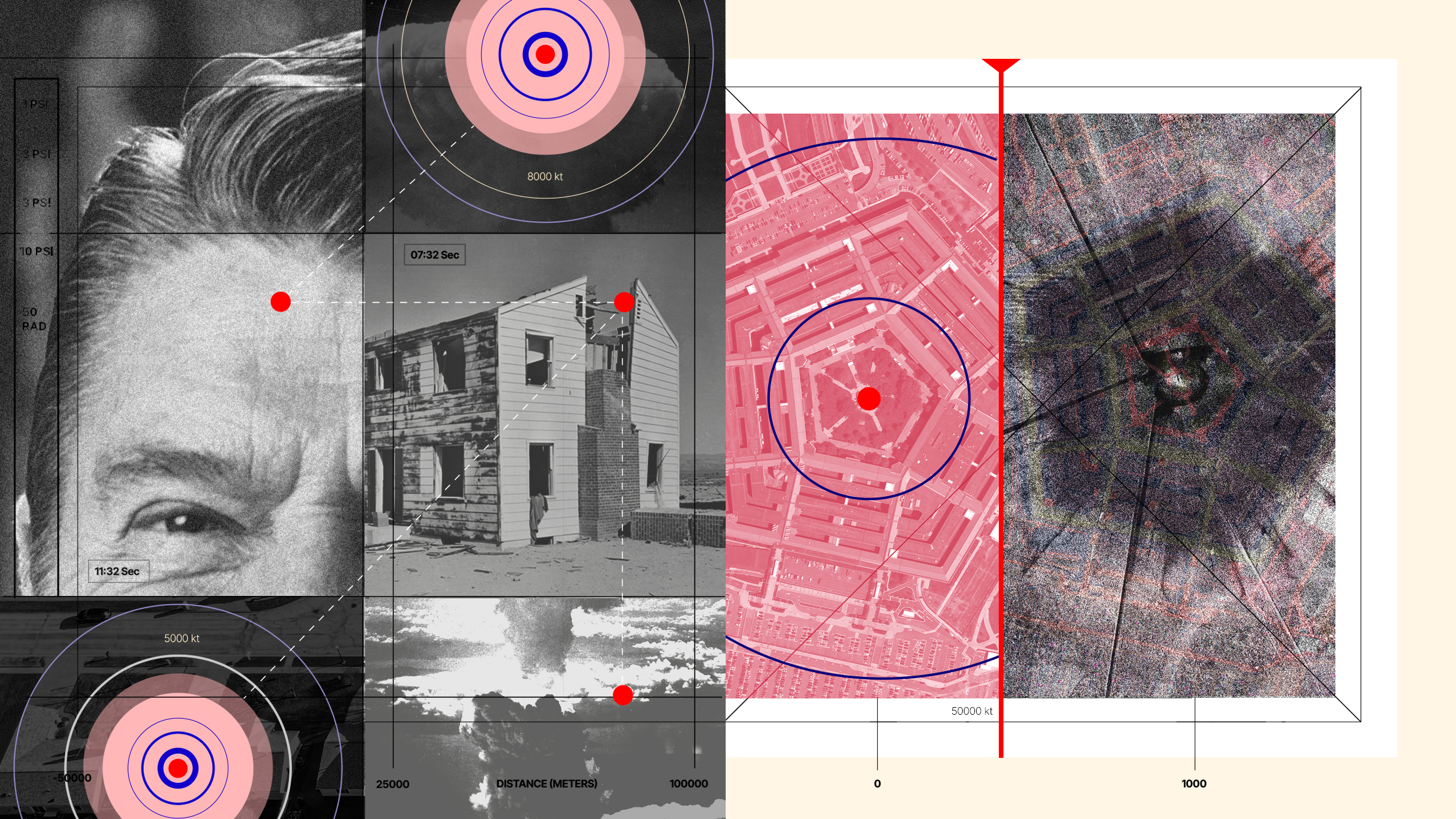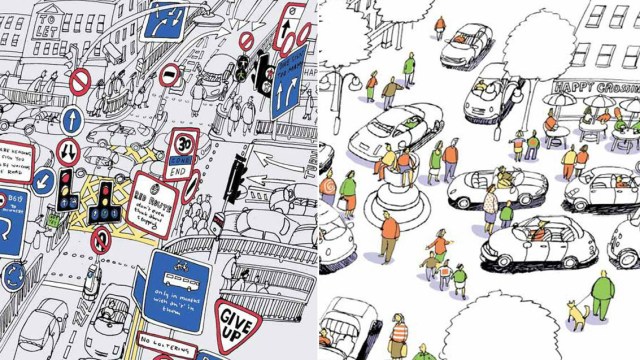Science knows if a nation is testing nuclear bombs
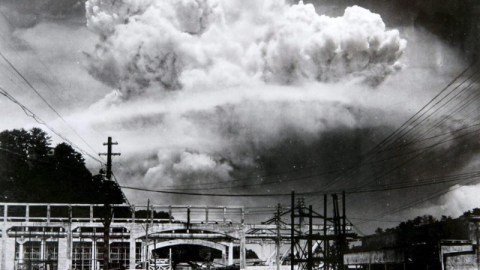
Earthquake? Nuclear explosion? Fission or fusion? We know, even if world leaders lie.
“North Korea has taught a great lesson to all the countries in the world, especially the rogue countries of dictatorships or whatever: if you don’t want to be invaded by America, get some nuclear weapons.” –Michael Moore
On the international stage, there are few things more frightening to the world at large than the looming possibility of nuclear war. Many nations have the bomb — some with fission-only bombs, others have achieved the deadlier nuclear fusion — but not everyone publicly declares what they have. Some detonate nuclear devices while denying it; others claim to possess fusion bombs when they don’t have the capability. Thanks to a deep understanding of science, the Earth, and how pressure waves travel through it, we don’t need a truthful nation to figure out the real story.
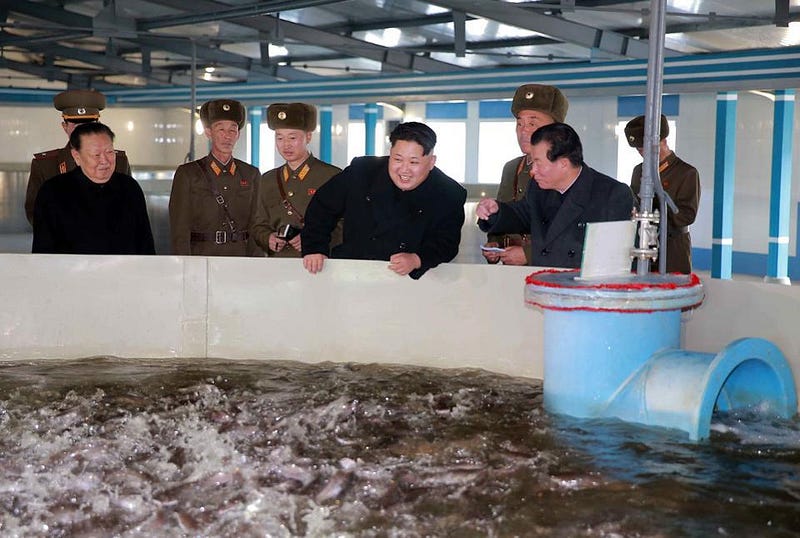
In January of 2016, the North Korean government claimed that they detonated a Hydrogen Bomb, which they promised to use against any aggressors that threatened their country. Even though news outlets showed photographs of mushroom clouds alongside their reporting, those aren’t a part of modern nuclear tests; that was archival footage. The radiation that gets released into the atmosphere is dangerous, and would be a clear violation of the 1996 Comprehensive Nuclear-Test-Ban Treaty. So what nations generally do, if they want to test nuclear weapons, is they do it where no one can detect the radiation: deep underground.

You can detonate a bomb anywhere you like: in the air, underwater in the ocean or sea, or underground. All three of these are detectable in principle, although the energy of the explosion gets “muffled” by whatever medium it travels through.
- Air, being the least dense, does the worst job of muffling the sound. Thunderstorms, volcanic eruptions, rocket launches and nuclear explosions emit not only the sound waves our ears are sensitive to, but infrasonic (long wavelength, low frequency) waves that — in the case of a nuclear explosion — are so energetic that detectors all over the world would easily know it.
- Water is denser, and so although sound waves travel faster in the medium of water than they do in air, the energy dissipates more substantially over distance. However, if a nuclear bomb is detonated underwater, the energy released is so great that the pressure waves generated can very easily be picked up by the hydroacoustic detectors many nations have deployed. In addition, there are no aquatic natural phenomena that could be confused with a nuclear explosion.
- So if a country wants to try and “hide” a nuclear test, their best bet is to conduct the test underground. While the seismic waves generated can be very strong from a nuclear explosion, nature has an even stronger method of seismic wave generation: earthquakes! The only way to tell them apart is to triangulate the exact location, as earthquakes only very, very rarely occur at a depth of 100 meters or less, while nuclear tests (so far) always have occurred just a small distance underground.
To this end, the countries which have verified the Nuclear Test-Ban Treaty have set up seismic stations all over the world to sniff out any nuclear tests that occur.

It’s this act of seismic monitoring that allows us to draw conclusions about how powerful an explosion was, as well as where on Earth — in three dimensions — it occurred. The North Korean seismic event that occurred in 2016 was detected all over the world; there are 337 active monitoring stations across Earth that are sensitive to events like this. According to the United States Geological Survey (USGS), there was an event that occurred in North Korea on January 6th, 2016, that was the equivalent of a magnitude 5.1 earthquake, taking place at a depth of 0.0 kilometers. Based on the magnitude of the Earthquake and the seismic waves that were detected, we can both reconstruct the amount of energy that the event released — around the equivalent of 10 kilotons of TNT — and determine whether this is likely a nuclear event or not.

The true key, beyond the circumstantial evidence of the magnitude and depth of the quake, comes from the types of seismic waves generated. Generically, there are S-waves and P-waves, where the S stands for secondary or shear, while P stands for primary or pressure. Earthquakes are known to generate very strong S-waves compared to P-waves, while nuclear tests generate much stronger P-waves. Now, North Korea claimed this was a hydrogen (fusion) bomb, which are much, much deadlier than fission bombs. Whereas the energy released by a Uranium or Plutonium-based fusion weapon is typically on the order of 2–50 kilotons of TNT, an H-bomb (or Hydrogen bomb) can have energy releases that are a thousand times as great, with the record being held by the Soviet Union’s 1961 test of the Tsar Bomba, with 50 Megatons’ worth of TNT of energy released.

The profile of the waves received around the world tell us it wasn’t an earthquake. So yes, North Korea probably did detonate an atomic bomb. But, was it a fusion bomb or a fission bomb? There’s a big difference between the two:
- A nuclear fission bomb takes a heavy element with lots of protons and neutrons, like certain isotopes of Uranium or Plutonium, and bombards them with neutrons that have a chance to be captured by the nucleus. When capture occurs, it creates a new, unstable isotope that will both dissociate into smaller nuclei, releasing energy, and also additional free neutrons, allowing for a chain reaction to occur. If the setup is done properly, tremendous numbers of atoms can undergo this reaction, turning hundreds of milligrams or even grams worth of matter into pure energy via Einstein’s E = mc².
- A nuclear fusion bomb takes light elements, like hydrogen, and under tremendous energies, temperatures and pressures, causes these elements to combine into heavier elements like helium, releasing even more energy than a fission bomb. The temperatures and pressures required are so great that the only way we’ve figured out how to create a fusion bomb is to surround a pellet of fusion fuel with a fission bomb: only that tremendous release of energy can trigger the nuclear fusion reaction we need to release all that energy. This can turn up to a kilogram of matter into pure energy in the fusion stage.

In terms of energy yield, there’s just no way the North Korean quake was caused by a fusion bomb. If it were, it would be by far the lowest energy, most efficient fusion reaction ever created on the planet, and done so in a way that even theorists are uncertain how it could occur. On the other hand, there’s ample evidence that this was nothing more than a fission bomb, as this seismic station result — posted and recorded by seismologist Alexander Hutko — shows the incredible similarity between the 2013 North Korean fission bomb and the 2016 explosion.

In other words, all the data we have is pointing to one conclusion: the result of this nuclear test is that we have a fission reaction taking place, with no hint of a fusion reaction. No matter whether it was because a fusion stage was designed and failed, or because the idea that North Korea had a fusion bomb was designed to be an intimidating ruse, this definitely was not an earthquake! The S-waves and P-waves prove that North Korea is detonating nuclear weapons, in violation of international law, but the seismic readings, despite their incredible remote locations, tell us it wasn’t a fusion bomb. North Korea does have 1940s-era nuclear technology, but no further. All of their tests have been mere fission, not fusion. Even when world leaders lie, the Earth will tell us the truth.
Ethan Siegel is the author of Beyond the Galaxy and Treknology. You can pre-order his third book, currently in development: the Encyclopaedia Cosmologica.
